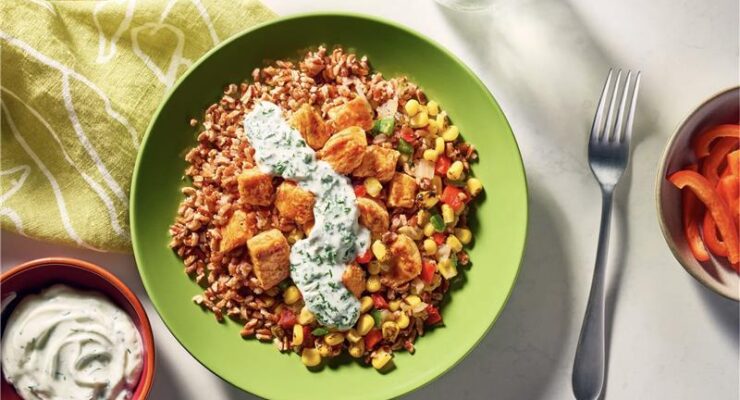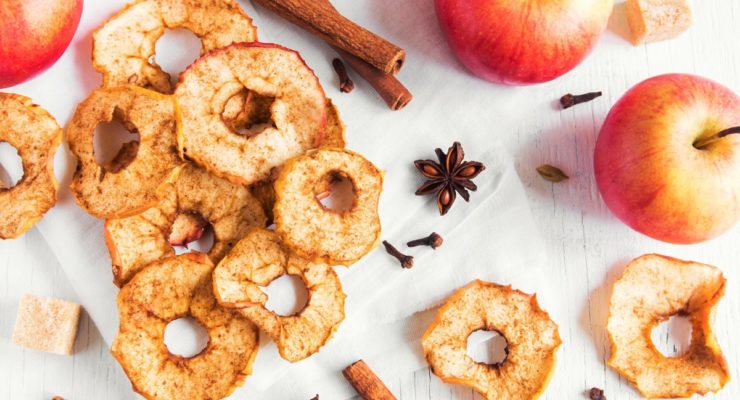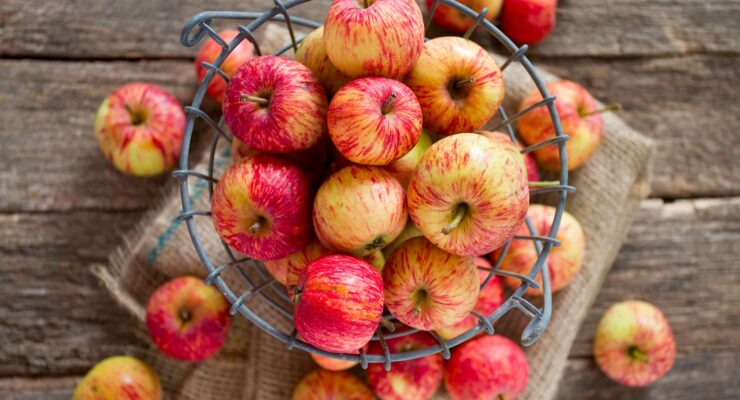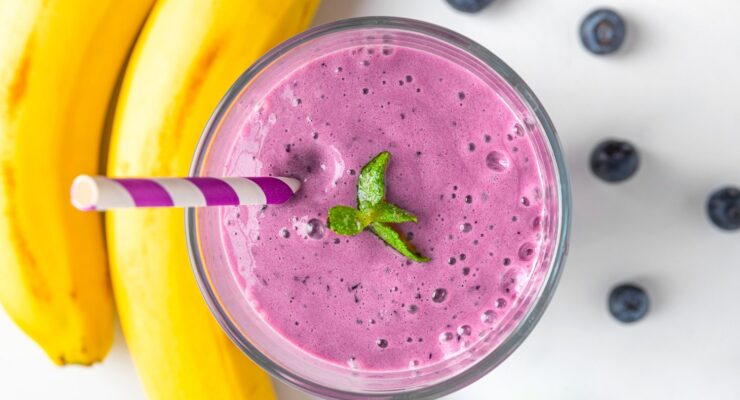5 Weird Foods You Need to Try Right Now
Article posted in: Diet & Nutrition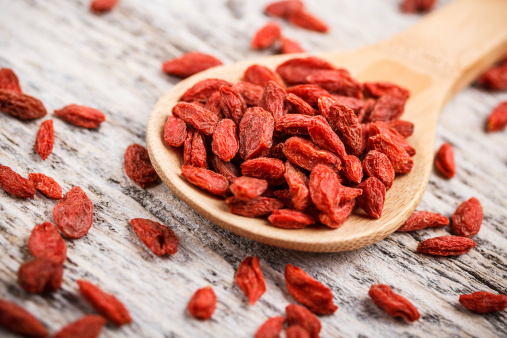
Let’s be clear: by “weird” we don’t mean insects, eyeballs, or anything gross or even unpalatable. What we’re talking about are five uncommon foods that are quite tasty and fit right into a healthy, diverse diet. Better yet, eating them regularly can help speed you on your way to your weight loss goal. Try them all and see how weird can be kind of wonderful.
WATERCRESS
Why: Kale gets all of the hype, but watercress is an even more nutrient-dense leafy green, according to the Centers of Disease Control. Watercress is an especially rich source of iodine, a mineral that’s vital to a healthy thyroid, which plays a key role in maintaining active metabolism.
Try: If you like peppery greens, try watercress in a salad with sweet and juicy ingredients such as citrus fruit or watermelon. Watercress also adds zing to soups. Want to get the health benefits without the zesty taste? Add a handful of leaves to any juice or smoothie.
Nutrisystem Category: Vegetable
Serving: Unlimited
TEFF
Why: By now you probably have heard of quinoa, the ancient grain that’s popular today among healthy eaters because of its high protein content. Teff, a staple in Africa (and the main ingredient in injera, the delicious bread served in Ethiopian restaurants) is a tiny grain that has more amino acids than quinoa and as much calcium as spinach. Teff is a gluten-free source of “resistant starch,” a fiber that helps your body manage blood sugar and metabolism.
Try: Teff has a sweet, mild flavor and it’s a versatile substitute for just about any grain, from rice to oats. You can make it for breakfast as a hot cereal—the texture is like wheat farina. You may also enjoy it as a simple side dish, like rice pilaf, with garlic and tomatoes, or made into polenta.
Nutrisystem Category: SmartCarb
Serving: 1/2 cup
GOJI BERRIES
Why: You don’t usually think of fruit when protein comes up, but these chewy, tart berries from Asia give you 18 amino acids, the building blocks of protein. They have only 35 calories per tablespoon and a lower glycemic index than nearly every other fruit. That’s how they stave off hunger while keeping your metabolism burning.
Try: The berries’ slightly sweet-and-sour taste may remind you of a cross between raisins, cherries and cranberries. Enjoy goji berries (sometimes sold as “wolfberries”) as a snack in a mix with unsalted nuts or seeds or add them to hot or cold cereal. For a healthy, satisfying lunch, toss the berries with spinach, slivered almonds, and slices of red onion.
Nutrisystem Category: SmartCarb
Serving: 1/4 cup (dried)
CHIA SEEDS
Why: Chia seeds used to be only for growing “hair” on novelty gifts, but now healthy eaters are discovering that the little black seeds have an ideal balance of protein, fats, fiber and carbohydrates. They expand when wet and digest slowly, leaving you feeling full and curbing your appetite for hours after you’ve eaten them.
Try: Add chia seeds to smoothies or sprinkle them into yogurt or salads. Chia pudding is a healthy, satisfying treat you can make by whisking together chia seeds, unsweetened almond milk and vanilla extract.
Nutrisystem Category: Extra
Serving: 1 teaspoon
DULSE
Why: A red seaweed sometimes sold as “sea lettuce flakes,” dulse is loaded with minerals, including 100 percent of the daily requirement for iron and potassium in each serving. Even more critically, it supplies you with essential trace elements iodine and chromium, which works with your body’s natural insulin supply to regulate your blood sugar levels and appetite.
Try: Dulse flakes have a lightly salty flavor, so you can use it place of table salt. It perks up the flavors of soups, vegetable and pasta dishes, baked potatoes, even corn on the cob.
Nutrisystem Category: Vegetable
Serving: Unlimited

